
To many people, Formula One is the embodiment of the male stereotype. Fast cars; loud noises; people taking their lives into their own hands every time they get into the driver’s seat. These are the things that men do, with genteel women restricted to standing in the pit lane holding signs up. That is the attitude that a lot of people still have when it comes to F1, in spite of the old-fashioned nature of it and the ridiculousness of how sexist it unquestionably is. Let us not forget that when Frank Williams retired, he passed the torch of his Formula One team to his daughter, Claire.
What some might not realise is that six women have actually taken part in Formula One race weekends, with two of them qualifying to start a race. In other words, the sport isn’t as sexist and misogynistic as it may appear at first. Maria Teresa de Filippis took part in F1 races throughout 1958 and 1959, retiring not because she wasn’t good enough but because she didn’t feel safe enough. The question, then, is about the present rather than the past, with many wondering why it is that no female drivers take part any more.
What the Rules Say
We will start by ruling out one major thing in terms of why there aren’t any women drivers in Formula One: the rules. There is nothing in the rules of the sport to say that women can’t be given a seat in an F1 car and take part in a race. In other words, the lack of female representation on the pit lane is nothing to do with the laws of the sport. Indeed, the stopwatch doesn’t work differently when noting the times of a female driver compared to a male one, nor does the course that they drive on become a different shape if the driver is female.
Though the sport is a brutal one, asking a huge amount of its drivers from a physical point of view, it is no more physically demanding than, say, being a fighter pilot and there are plenty of women that move into that profession. That is to say, it might be a sport that asks a lot of its drivers but that doesn’t mean that women are any less capable of doing it than men. With that in mind, it is worth dismissing both the rules of the sport and the physical demands that are put on those taking part in it as reasons behind the lack of women in F1.
A History of Female F1 Drivers
If you needed proof of the fact that the rules don’t prohibit women from becoming Formula One drivers, perhaps you might want to look at the experiences of Maria Teresa de Filippis, Lella Lombardi or Divina Galica, to name but three of the six women that have taken part in F1 races to date. They all offered the sport something different and therefore deserve their own space, which is what we’ll offer them here:
Maria Teresa de Filippis
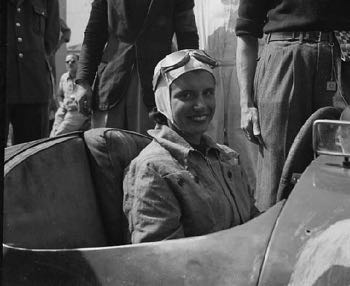
Born in the Italian town of Marigliano in 1926, Maria Teresa de Filippis was the youngest of five children of a Spanish mother and an Italian Count. It is the latter that is arguably the most important factor when it comes to de Filippis’ racing career, given the money required to enter the sport. Having enjoyed playing tennis and riding horses in her teenage years, she began racing in cars when she was 22. Her brothers had goaded her that she would be slow in a car, which she proved wrong when she won her first race in a Fiat 500.
She was brought in by Maserati as their words driving, taking part in numerous different events before being offered the chance to take part in Formula One. Maserati had been successful F1 manufacturers, evening winning the drivers’ title in 1957, before pulling out of the sport. The cars remained, being driven by privateers, with de Filippis taking part in the Monaco Grand Prix in 1958. She failed to qualify, which was a fate that also befell a young driver called Bernie Ecclestone. de Felippis did qualify for the Belgian Grand Prix and finished, coming tenth thanks to nine other cars failing.
She claimed that the race director of the French Grand Prix stopped her from taking part, saying that ‘the only helmet a woman should wear is the one at the hairdresser’s’. She took part in several more races after that, but was left devastated by the deaths of numerous drivers. As a result, she decided not to take part in the 1959 German Grand Prix, instead leaving the track never to return as a driver. She did go on to become the Vice-President of the International Club of Former F1 Grand Prix Drivers.
Lella Lombardi
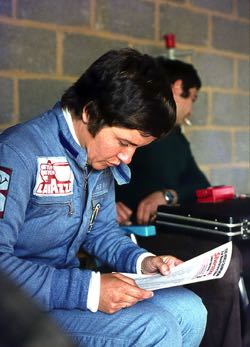
Also from Italy, Lella Lombardi was born in 1941 and Lella Lombardi differed from Maria Teresa de Filippis insomuch as her father was not rich, instead being a butcher. This did give her some experience behind the wheel, though, given that her first job was to act as a delivery driver for the family firm. She enjoyed a brief spell with karting before buying her first car in 1965 and using it to race in Formula Monza. She moved to Formula Three in 1968, finishing as the runner-up to Franco Bernabei. Two years later and she was racing in the Formula 850 Series.
Lombardi won four of ten races, winning the championship and using the experience she gained to earn a place in Formula One three years later. In 1975, she was invited to join March by Vittorio Brambilla and Hans-Joachim Stuck, racing a full season. The first race that she qualified for lasted for 23 laps before a fuel system issued forced retirement. Perhaps her most note-worthy moment came in the shortened Spanish Grand Prix where she finished sixth, earning half a point. Half points were awarded instead of full points because it wasn’t a full length race.
That meant that she became the first woman to earn any points in a Formula One race, which remains true at the time of writing. Though she finished 14th in the Brazilian Grand Prix in 1976, Lombardi was replaced by Ronnie Peterson at March. She briefly worked with RAM Racing, finishing 12th for them in the Austrian Grand Prix, but in the end she left Formula One and instead spend times in different sports card. She retired from racing as a driver in 1988, but within a year had founded her own team: Lombardi Autosport.
Divina Galica
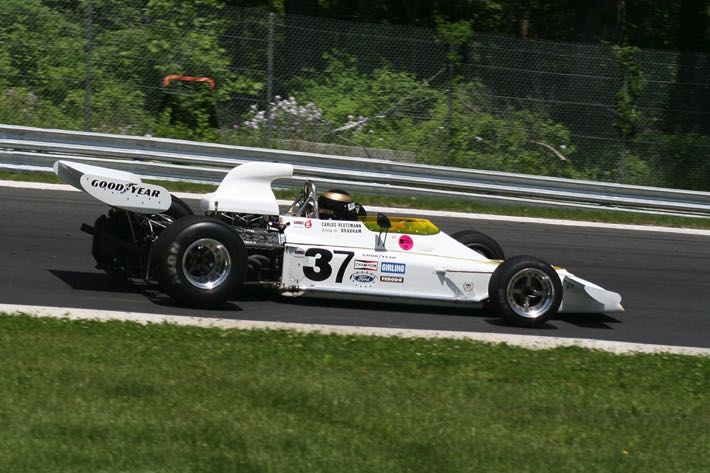
Born in the English county of Hertfordshire in 1944, Divina Galica participated in the Winter Olympic Games in 1964 as a 19-year-old skier. She also took part in the Olympics at Grenoble in 1968 and Sapporo in 1972, doing so as the captain of the British Women’s Olympic Ski Team. Having taken part in a celebrity auto race in the wake of her Olympic fame, Galica decided to take up motor racing as a second career. She worked her up from kart racing to Formula Two and then eventually Formula One, working with John Webb and Nick Whiting.
Having done well in an F1 car in the British Shellsport International Group 8 series, Galica was entered into the British Grand Prix but failed to qualify for the race. At the beginning of the 1978 Formula One campaign, Hesketh Racing’s works driver Rupert Keegan asked her to replace him in the team’s car. She failed to qualify for the first two races of the World Championship, instead returning to the British Shellsport Championship. She later switched to the Thundersports S2000 sports car class.
Desiré Wilson
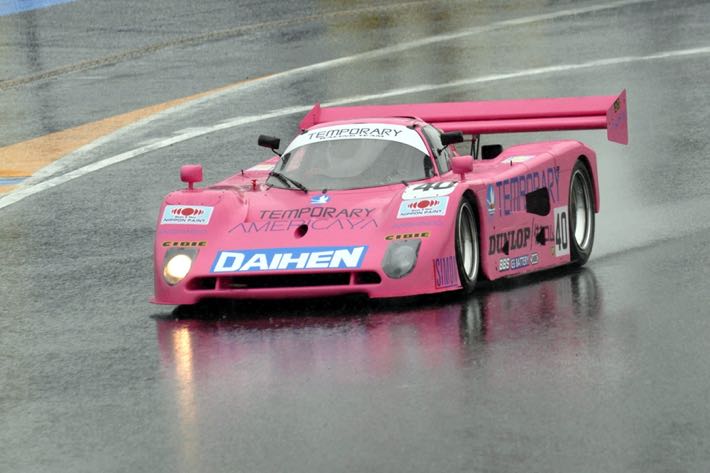
From the mining town of Brakpan in South Africa, Desiré Wilson came second in the South African Nationals whilst driving a midget car, achieving the success when she was just 12-years-old. That was in 1967 and within five years she had made her full racing debut and came fourth in the South African Formula Vee Championship. She raced in that for another two seasons before setting her sights on Formula One success, beginning the journey to taking part in motorsport’s most noteworthy championship in the years that followed.
Her work impressed those that were in charge of different F1 teams, which culminated in her being offered a place in the Aurora AFX F1 Championship for the Mario Deliotti Racing team. Her success drew the attention of John Macdonald, who asked her to join his F1 RAM Racing team. She took part in the British Grand Prix but did not qualify. It was her only Formula One race, but she went on to be one of the most accomplished female racing drivers anywhere in the world in the years that followed.
Giovanna Amati
It is back to Italy for the next female driver to find herself on the Formula One grid. Giovanna Amati was born in 1959, the daughter of actress Anna Maria Pancani and cinema chain owner Giovanni Amati. In 1978, she was kidnapped and held to ransom, released after her parents paid the 800 million lira from box office receipts for Star Wars. She later went to motor racing school, beginning a professional career in 1981 as part of the Formula Abarth Series. She moved up to Italian Formula Three and then Formula 3000 in 1987.
In the January of 1992, having gained plenty of experience, she was signed up to be the partner of Eric van de Poele for the Brabham team. Her first race was in the South African Grand Prix, spinning six times during qualifying and failing to qualify for the race proper. She failed to qualify for both the Mexico Grand Prix and the Grand Prix in Brazil, soon being sacked by Brabham who replaced her with Damon Hill. She continued racing for the years that followed before moving into media, writing columns and working in television commentary.
Susie Wolff
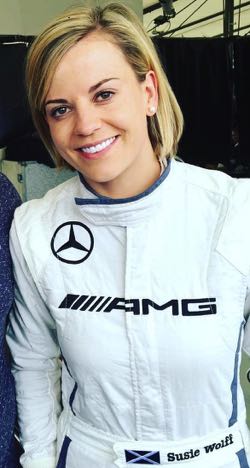
Known to most people thanks to her appearances on the Netflix series Drive To Survive, Susie Wolff’s racing career began in karting when she was just eight. In 1996, she earned notoriety after being named the British Woman Cart Racing Driver of the year. Born Suzanne Stoddart in Scotland in 1982, she slowly worked her way up the rankings of driving in the years that followed her 1996 award. That included a season in Formula Three for Alan Docking Racing, as well as time in DTM for Mücke Motorsport.
In April of 2012, Wolff was appointed to the role of development driver for the Formula one team of Williams. Two years later and the company confirmed that she would be driving practice sessions at both the British Grand Prix and the German Grand Prix. Her cars suffered problems at both, with the German Grand Prix eventually resulting in her finishing 15th out of 22 drivers. She retired from Formula One as a driver in 2015, becoming Venturi Racing’s Formula E Team Principal in 2018 before being promoted to the role of Chief Executive Officer in 2021.
Why No Women Have Followed
Having learned about the history of women in Formula One, the obvious question to ask is why it is that no women have followed in the footsteps of those that came before them. The truth is that there is no easy answer. The route into F1 is the same for most drivers, who start off in karting before progressing into Junior F4, F3 and F2 before finding their way to Junior F1. The big problem is that young girls are rarely given the same opportunities as their male equivalents, meaning that there are just fewer of them in general.
One of the other big issues is how much money is involved in the sport, with drivers needing sponsors, cars, the time to practice and test, none of which is easy to come by. Female drivers are always less likely to appeal to those responsible for dishing out the money than men, for whatever reason. Pippa Mann was racing for nearly 20 years in IndyCar before she began to be paid as a coach and co-driver. There is a clear divide in the sport, but knowing how to fix it is something that isn’t immediately clear.
The Future for Women in the F1
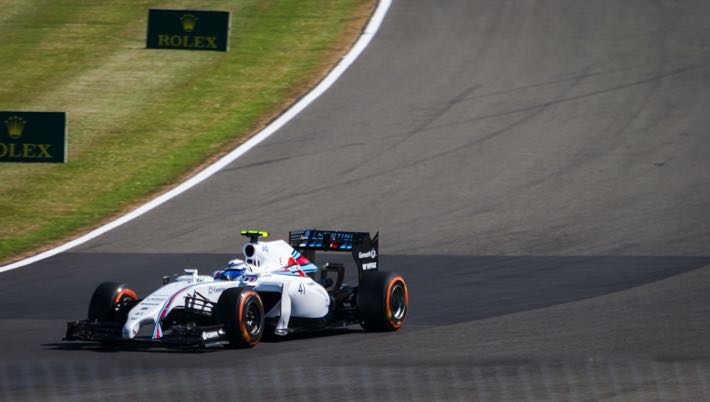
One of the key questions that many will want an answer to is what might happen in the future. The answer looks to be in the form of the W Series, which launched in 2018 and featured 20 female drivers contesting six races. It was increased by two races for the 2021 series, when it was run in support of the Formula One World Championship. It is free to enter for its drivers and the expenses are paid for them, whilst the winner receives £500,000 in prize money. The issue for some is that it separates the sport even further.
Only about 2% of the people involved in Formula One are women. That is perhaps one of the key statistics that needs to change if the sport is to welcome more female drivers in the future. As with horse racing, the F1 is one of the few sports in which men and women can compete on a level playing field, so there is no real reason why we shouldn’t see more female drivers moving forwards. With only 20 seats available, it is clear that the 2% are always likely to struggle to gain a place on the grid. Perhaps the biggest challenge might involve getting more girls interested in the F1 to begin with.